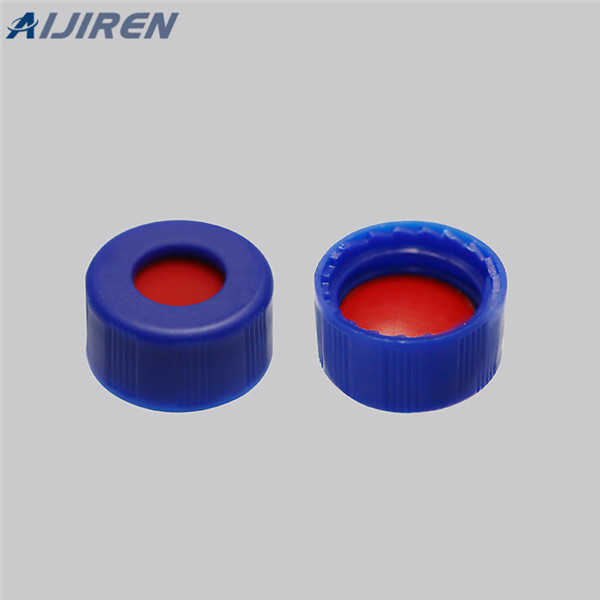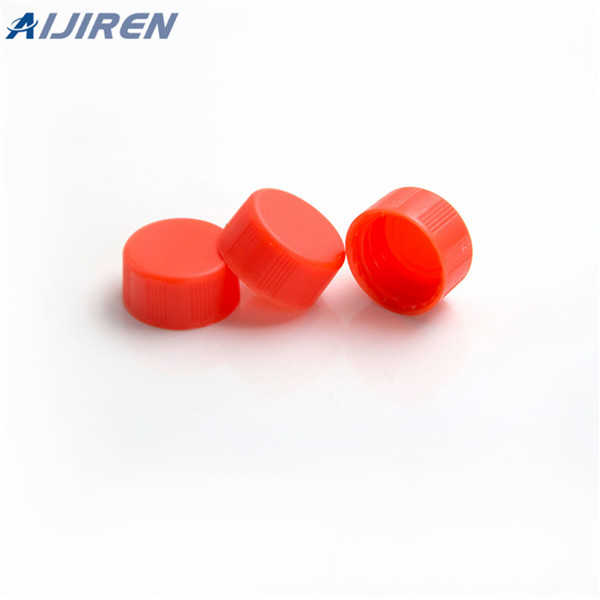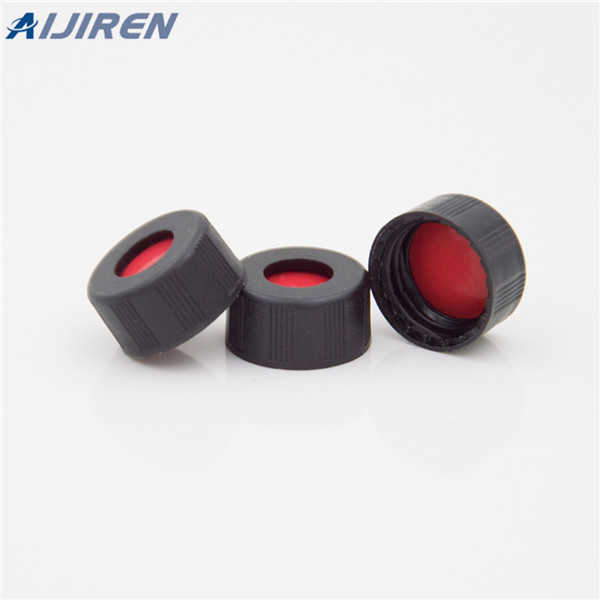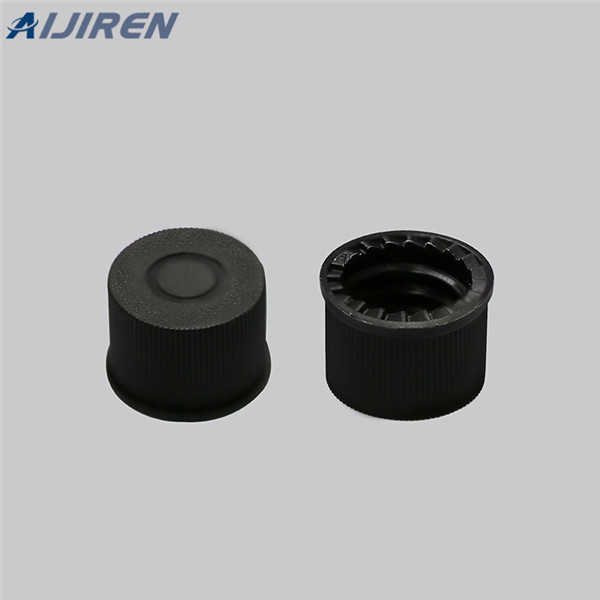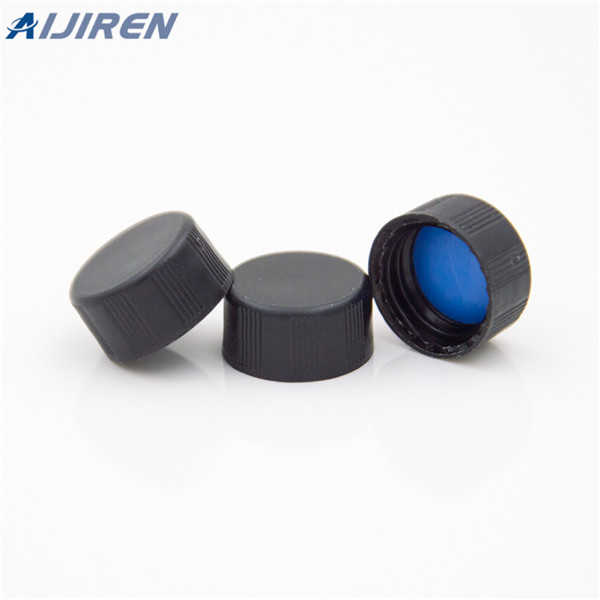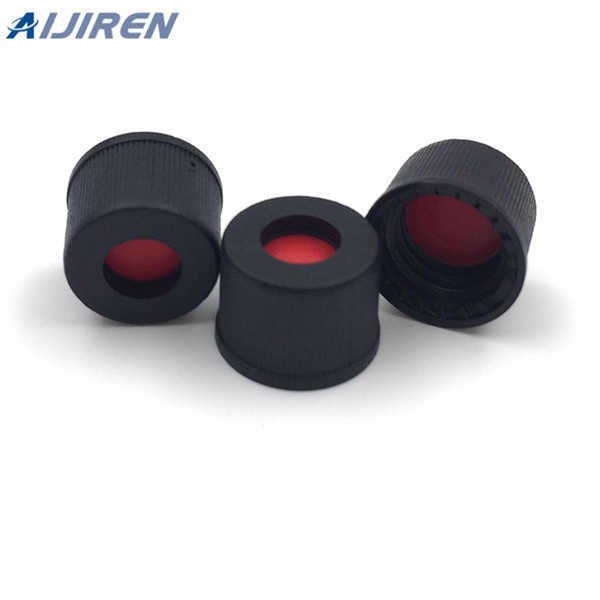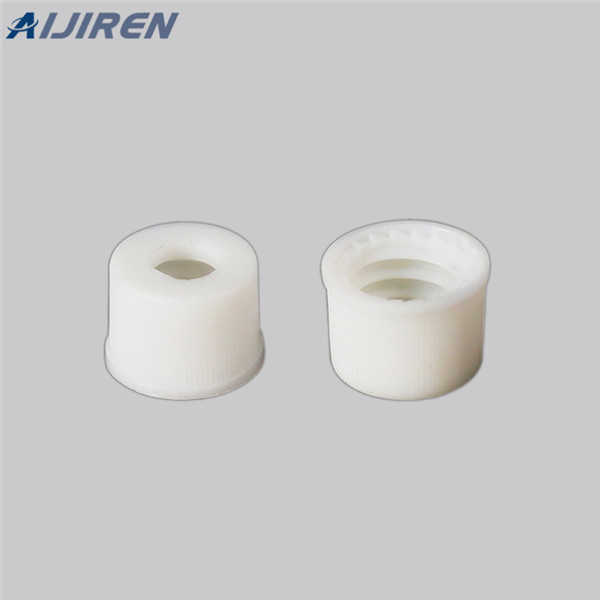Silicone Rubber Septum: Improving Sample Preservation in Soil Analysis
-
Jun 1, 2021 · Silicone rubber’s silicone-oxygen backbones give unique material properties which are applicable in various biomedical devices. Due to the diversity of potential silicone rubber compositions, the material properties can vary widely. This paper characterizes the dielectric and mechanical properties of two different silicone rubbers, each with a different cure system, and in combination with
-
The silicone elastomer layer is dense but still easily pierced by most headspace sampling needles. Black rubber septa Black Rubber septa are molded from a higher density rubber compound compared to the standard red rubber. This septum has characteristics similar to the gray butyl stopper. The Black rubber septum is an economical choice for
-
PTFE/Silicone Septa: (T/S) High quality, pure silicone is laminated to 0.005” thick PTFE to give a pure, highly inert septum with excellent resealing characteristics even after repeated punctures. PTFE/Silicone septa are the preferred product for use in most HPLC and GC applications where resealability and high purity are critical.
-
Sample Preservation & Holding times Extraction Analysis Test Matrix Container Method(s) Hold Time Volume Preservation VOC's & THM's DW 14 Days 2x40 mL Ascorbic Acid HCl, pH<2, 4°C Glass vial with rubber septum EPA 524.2 HAA's DW 14 Days 14 Days after extraction 250 mL NH 4 Cl, 4°C Amber Glass EPA 552.2
-
854987: black polypropylene hole cap, thread for 13-425, PTFE/red rubber septum, for use with 4 mL vials with 13-425 thread, pkg of 100 ea: Expand
-
Dec 11, 2018 · biological and/or chemical degradation (e.g., hydrolysis) (Sec. 4.6 Refs 1, 3-6). Sample preservation recommendations for analysis of organic chemicals almost always include refrigeration or freezing and may also include chemical preservation (e.g., addition of pH modifier). Improper handling, preservation, and storage of samples can negatively
-
Overview Diferent septa material for LC and GC applications There are many diferent types of materials used to produce the septa found in LC and GC vial caps. This document will provide you with the technical guidance you need in order to make the right selection. Choosing the right septa
-
2.6.3 Sample Preservation, Handling and Chain of Custody Procedures When immediate analysis of the collected sample is not possible, take precautions so that the sample characteristics are not altered. Follow these guidelines for sample handling and preservation: 1. Minimize the number of people handling the sample. 2.
-
Jan 31, 2022 · Typical low-temperature DSC analysis of a silicone elastomer: the sample is super-cooled at −150 °C (1 – black/no curve), then heated from −150 °C to 25 °C (2 – red curve). The following are detected: glass transition (T g) at −127 °C, cold crystallization at −98 °C and melting (T m) at −43 °C. Afterward, the sample is
-
Products. Septa. By definition, a rubber septum consists of a disk of rubber or similar material used to seal a vial or other device. It is installed along the inside of a cap, which is typically made of metal or plastic. A syringe needle pierces the rubber septum for the purpose of injection and, on withdrawal, the elasticity of the septum
-
Jul 2, 2013 · Remove the stopper from flask 1 while under a positive pressure of nitrogen (i.e., nitrogen flowing out of the flask) and replace with a rubber septum (Fig. 14, B). A needle should be inserted through the septum to allow the small volume of air in the septum to be flushed out. This is called a bleed needle.
-
SDS. Pricing. SU860076. black polypropylene hole cap, thread for 8-425, PTFE/silicone (red PTFE/white silicone), septum thickness 1.3 mm, for use with 2 mL vial (standard opening), pkg of 100 ea. Expand. Hide. 27019. black polypropylene hole cap, thread for 15-425, PTFE/silicone, septum thickness 1.5 mm, for use with 7 mL vial, pkg of 100 ea.
-
Feb 10, 2021 · Sample preservation is a critical procedure in any research that relies on molecular tools and is conducted in remote areas. Sample preservation options include low and room temperature storage, which require freezing equipment and specific buffering solutions, respectively.
-
Nov 3, 2022 · As noted in Sec. 8.2.1.8 of Method 5035A, samples may be held for up to 48 hours before analysis, or before transfer to the glass vials used for the closed-system purge-and-trap device in the method. The overall holding time for the sample remains 14 days from collection to analysis.
-
Sep 14, 2022 · conductivity measurements of the samples were carried out by a thermal constant analyzer (TPS 2500, Hot Disk, Göteborg, Sweden). The ablative properties of the samples were evaluated by an oxy-acetylene torch. The samples with dimensions of 40 40 10 mm3 were exposed to a steady heat flux of 2 MW/m2 for 30 s. The pressure of oxygen (O
you can contact us in the following ways.



.jpg)

